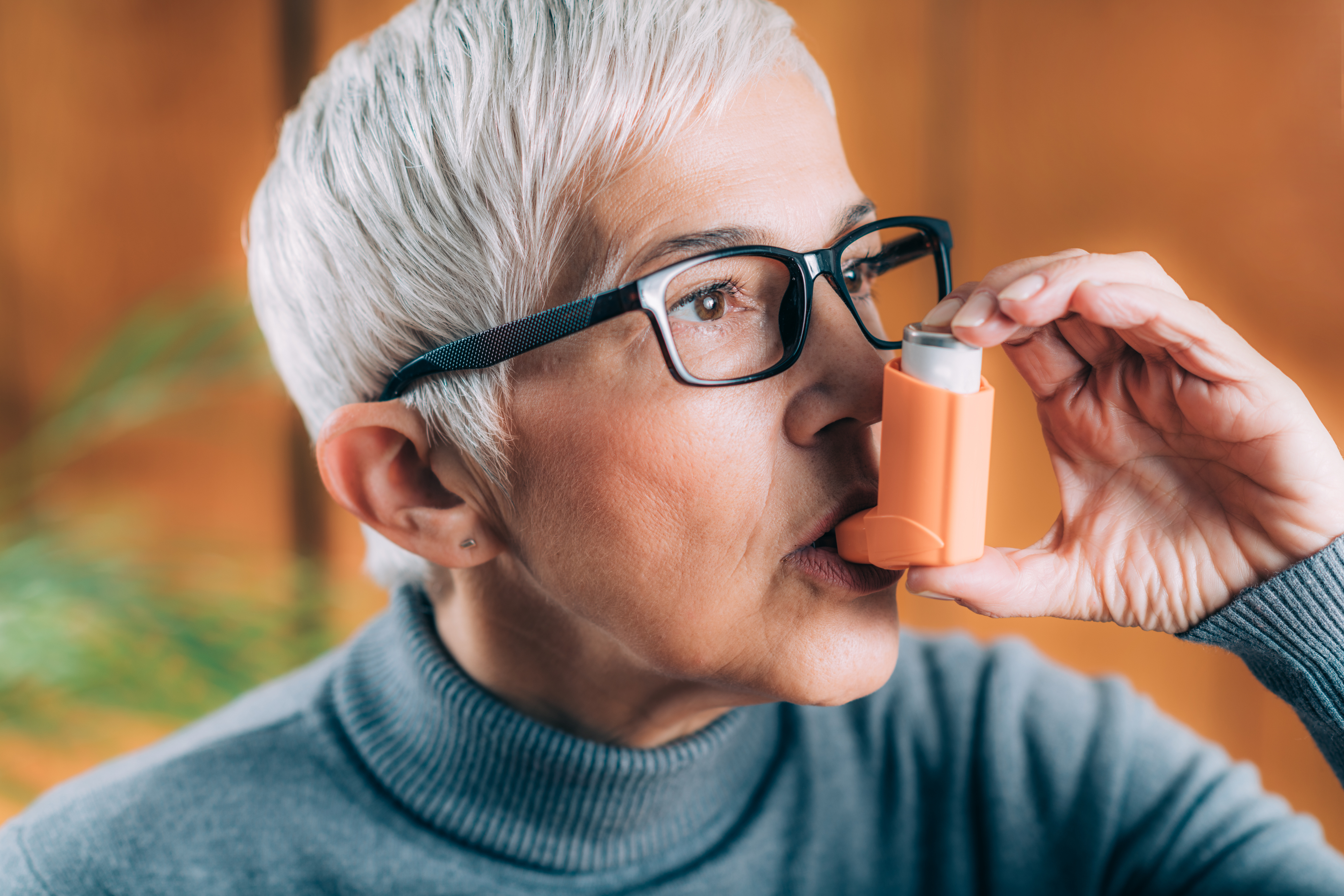Author: John Ortega

"We don't want you to wait until you have symptoms. We want to discover your condition before yo have symptoms, so we can change the course of the disease and improve your quality of life."
People suffering from asthma and chronic obstructive pulmonary disease (COPD) often experience similar symptoms, such as shortness of breath, but the cause and treatment of these two airway diseases vary.
Asthma occurs in about 8 percent of the adult population in the U.S. and in 7 percent of children. It happens when one’s airways become inflamed and produce extra mucus, making it difficult to breathe. Allergies, infections, or air pollution can trigger these symptoms.
“Asthma is more common in boys than it is in girls when it comes to children,” said Ammar Ghanem, M.D., a McLaren Greater Lansing physician and pulmonologist with Pulmonary Critical Care and Sleep, PC. “But in adults it is more common in women than in men.”
Approximately 25 million people in the U.S., or one in 13 individuals, suffer from asthma. Many adult asthmatics had asthma as children, but more than half of children diagnosed with asthma will outgrow it and never suffer from it as adults.
COPD, which affects an estimated 16 million people in the U.S., usually occurs in older adults who have smoked for many years. People with COPD often spend two thirds of their lives with no symptoms. By the time they have symptoms, major damage may have occurred to their lungs. That’s why Dr. Ghanem encourages longtime smokers, as well as those who have quit, to be tested for COPD.
“We don’t want to wait until you have symptoms,” said Dr. Ghanem. “We want to discover your condition before you have symptoms, so we can change the course of the disease and improve your quality of life.”
Those changes include smoking cessation, administering oxygen therapy to patients, and taking part in pulmonary rehabilitation programs which enable people to be as active as possible by decreasing respiratory problems and reducing respiratory symptoms.
Both asthmatics and COPD sufferers use handheld inhalers when they have difficulty breathing. The medication mixture in an inhaler for an asthmatic will be different than that of someone suffering from COPD, but each are formulated to open bronchial air tubes, reduce inflammation in the lungs, and decrease mucus in airways.
Dr. Ghanem said it’s important for a person to receive a correct diagnosis for their breathing difficulties because treatment regimens vary depending on the diagnosis.
“Everyone is not always 100 percent asthmatic or COPD,” said Dr. Ghanem. “Some people can have both disorders in varying degrees.”
If you think you might have asthma or COPD, speak with your primary care physician. For a list of primary care physicians at McLaren Greater Lansing accepting new patients, click here.